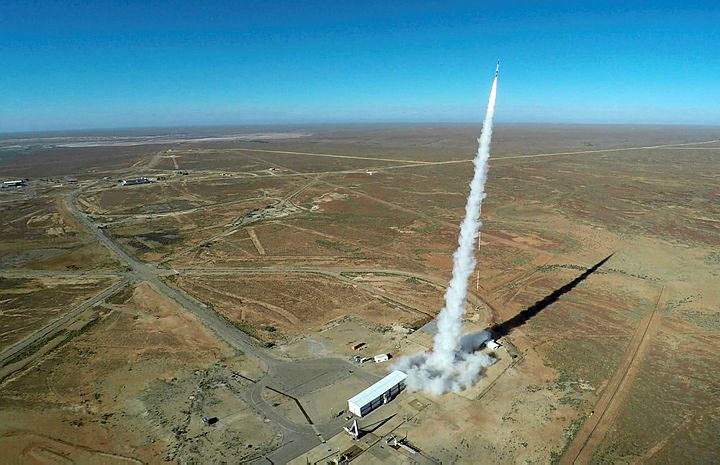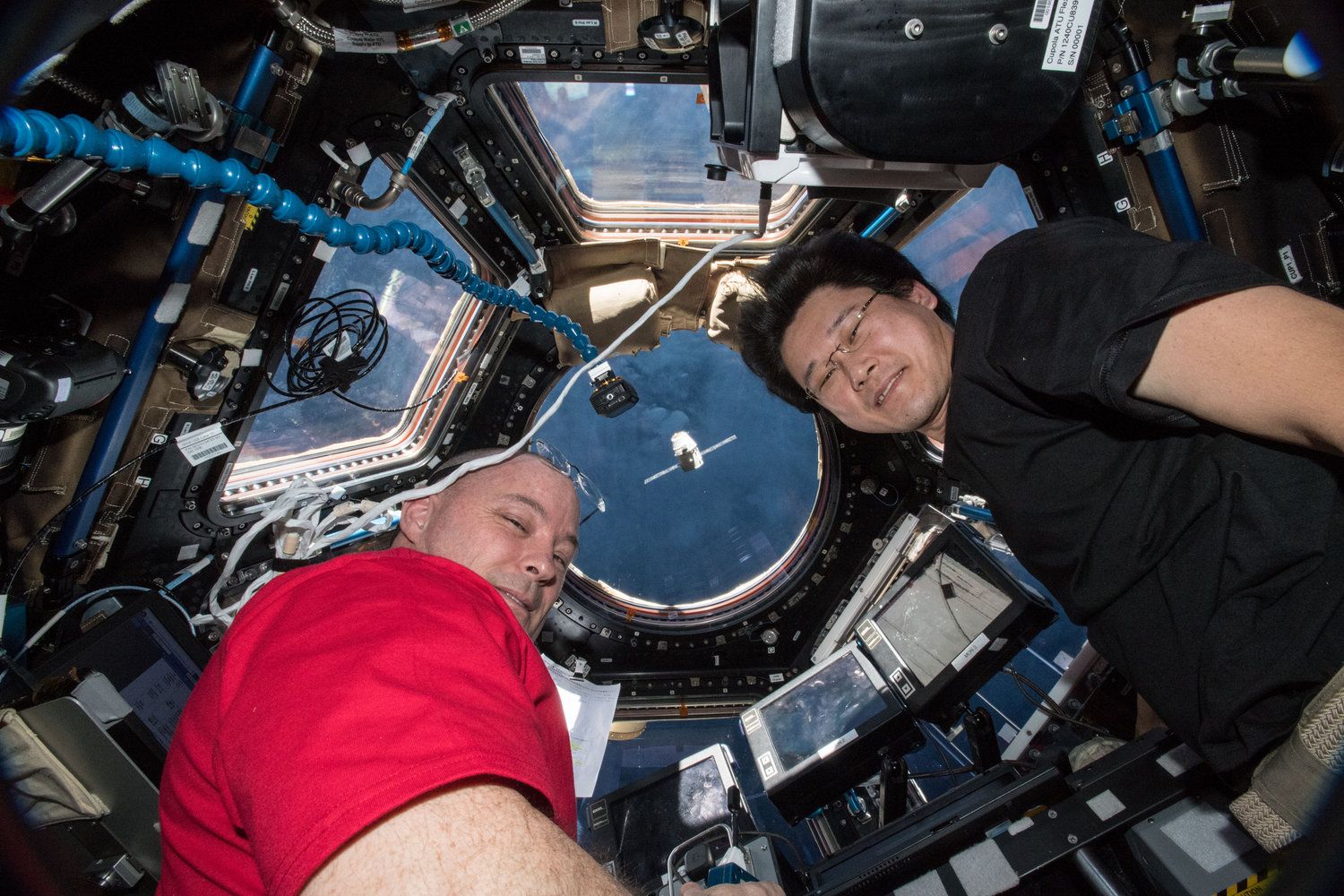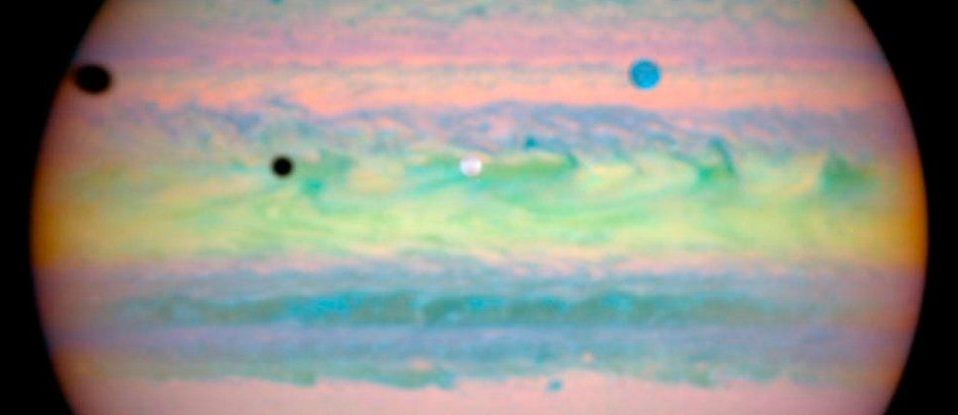ESA’s Mars Express orbiter is getting a major software upgrade that will extend its service life for years to come. On Sunday, the space agency uploaded the update into the veteran deep space probe’s computers where it will remain stored in memory until a scheduled restart on April 16. If successful, it will take some of the burden off the aging gyroscopes used to keep the unmanned spacecraft’s vital high-gain radio antenna pointed at Earth.
As anyone who regularly uses digital devices can tell you, software updates are a way of life. It turns out that Mars orbiting spacecraft are no exception, with aging electronics that need new instructions to deal with worn out components after years of heavy use.
Mars Express is one of the oldest still-functioning missions to the Red Planet. Launched on June 2, 2003 atop a Soyuz-FG rocket from the Baikonur Cosmodrome, the orbiter arrived at Mars on December 25 of that year. Since then, it has spent 14 years revolving about Mars taking photographs and gathering a mountain of scientific data to send back to mission control in Darmstadt, Germany.






